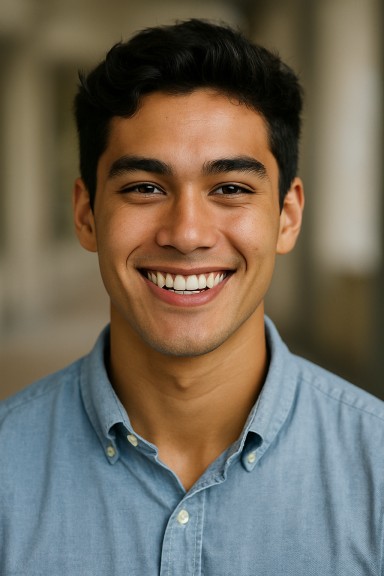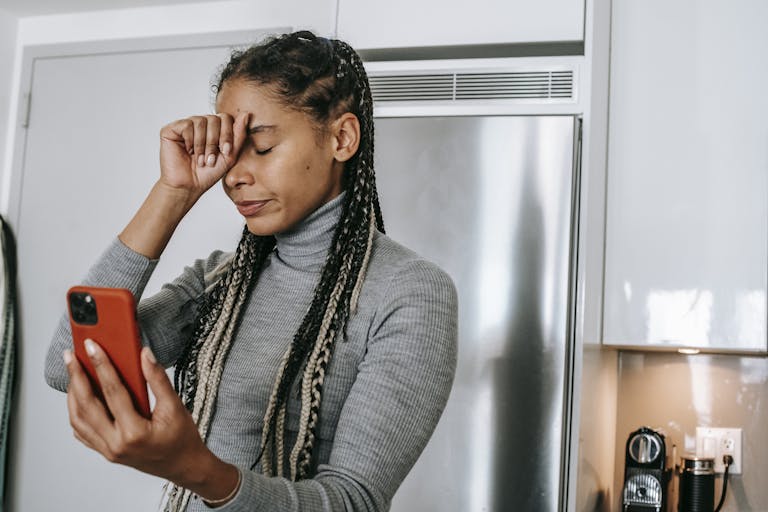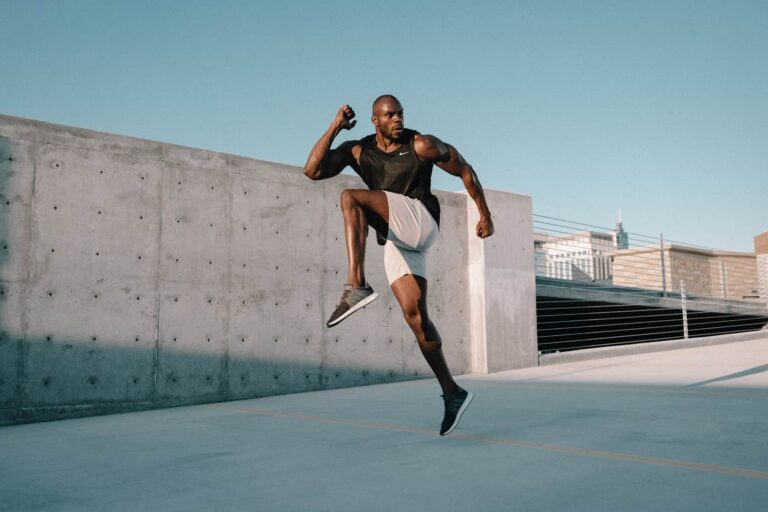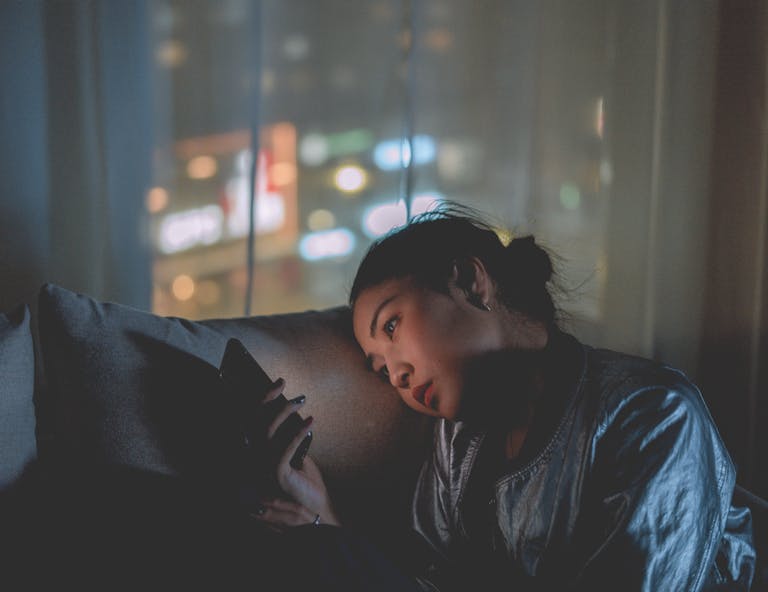ASU Effect: Freshman Arrives Average, Graduates as Instagram’s Sun Devil Stereotype
Keanu Gebe
TMP Intern Mockitor
Intern, Sports & Campus Life
She came for classes but stayed for the “ASU Effect” transformation: 60% hair flipping, 40% filtered sunset selfies, 100% not citing sources in class.
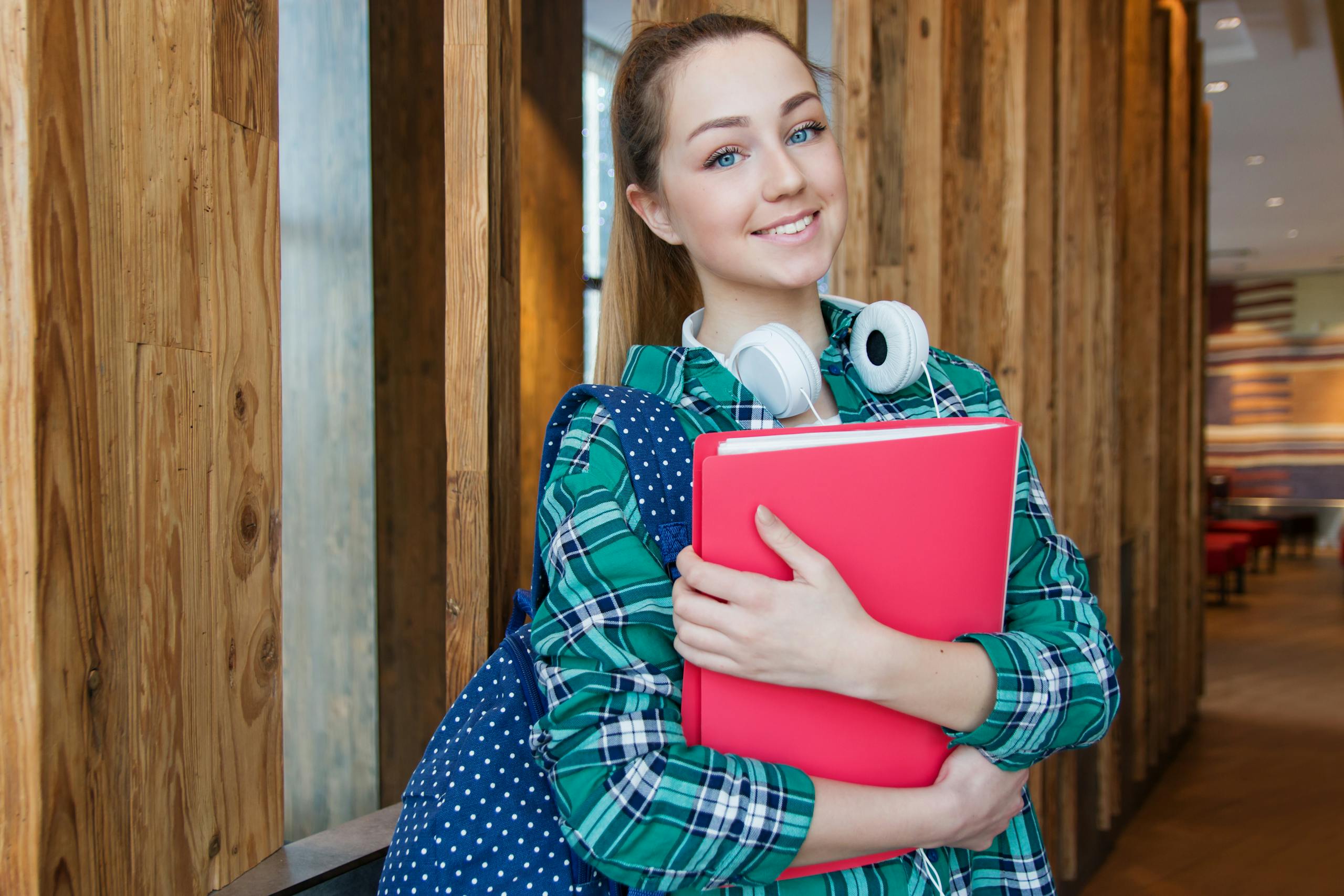
Arizona State’s so-called “ASU Effect” isn’t just myth — it’s science, apparently. Students (mostly women) are arriving with no-frills jeans and a library card and leaving with blonde balayage, fake-tan glow, and outfits that look like they cost more than their textbooks.
One freshman, Emily, says she came here “to figure out what I want to study,” and left with a consistent aesthetic — white vans, suede jacket, hair sunnier than Tempe’s average temp.
“Everyone I know looks upgraded by spring,” she says. “It’s like we’re a living Pinterest board.”
The pressure hits fast. Incoming students post their ASU Day-in-the-Life TikToks—sunlit dorms, gray cardigan coffee runs, gym lockers labeled “Manifesting Success.” The hashtag shows over a dozen recurring tropes: green smoothies at 7 a.m., sunset on Palm Walk, pastel filters in WedDevil shirts .
Keanu notes dryly:
“We’re not talking transformation. We’re talking performance art disguised as authenticity. The ASU Effect is less about becoming and more about appearing—a curated evolution in selfie form.”
Some see it as confidence. Others see conformity. One comment on a glow-up video reads, “ASU just turns every blond white girl into the typical Instagram sorority stereotype.”
Emily admits self-awareness is shallow:
“I know I don’t look like this irl,” she says. “But here? It’s what people expect. It’s safer.”
The university celebrates the trend on Student Life Instagram, calling it “celebrating self-expression.” But on the quad, whispers suggest it’s less self-discovery and more a syllabus: “Show up this way, or don’t show up at all.”

